Warning: contains spoilers for Zero Hour: Crisis in Time 30th Anniversary Special!
The Zero Hour: 30th Anniversary Special is a joyous love letter to the DC Universe of the 1990s. Released in 1994, Zero Hour: Crisis in Time was the crest of a wave sweeping through the DC Universe, changing it forever. Thirty years later, Dan Jurgen, the primary architect of the original Zero Hour, returns to tell a new story set during the event.
Zero Hour: Crisis in Time Anniversary Special is written by Dan Jurgens and drawn by an all-star roster of artists, all active during the 1990s. Using Green Lantern Kyle Rayner as its central protagonist, the one-shot revisits the 90s in all its glory. Hal Jordan, at this point still under Parallax’s influence, has created a pocket Earth that presents a darker, twisted view of DC in the 1990s: Superman is still dead and Batman never recovered from his fight with Bane.
This world is coming undone, and Kyle finds himself caught up in a fight for its survival.
Zero Hour: Crisis In Time's Origin, Explained
Zero Hour Got a Year's Worth of Build Up
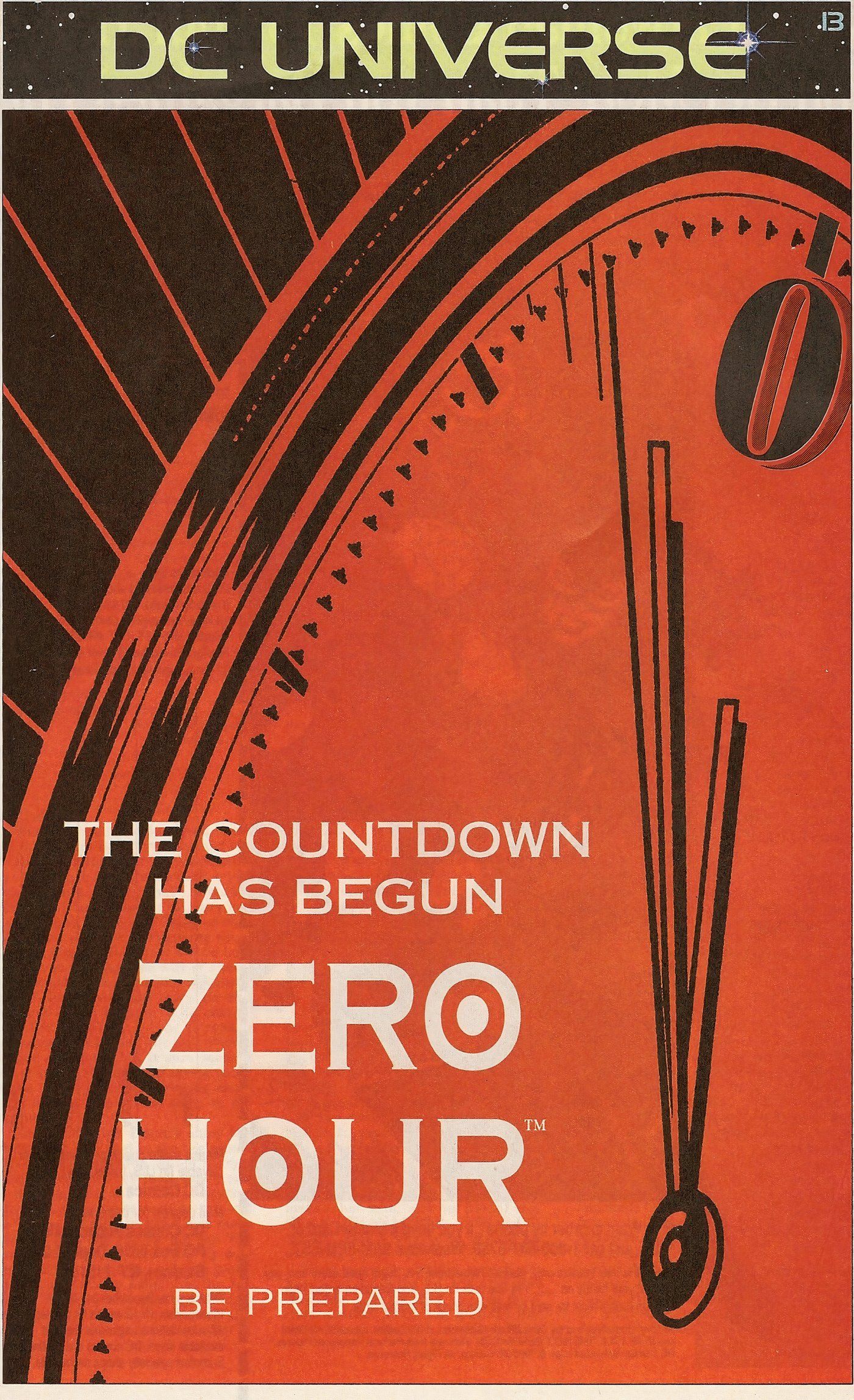
Zero Hour: Crisis in Time, first published in the Summer of 1994, was DC’s first attempt to reckon with the Crisis on Infinite Earths. Published almost a decade earlier, Crisis had left lingering continuity issues, such as Hawkman’s backstory as well as Superboy’s role in helping found the Legion of Super-Heroes. These continuity glitches were hampering storytelling, so a way was sought to address them. Dan Jurgens, popular for being one of the creators behind the Death of Superman story, was tapped for the task.
During the buildup to Zero Hour, the Cyborg Superman destroys Green Lantern Hal Jordan’s home in Coast City. In the aftermath of the carnage, Jordan goes mad with grief, making him prey for Parallax. Under the Fear entity’s control, Jordan proceeds to massacre the rest of the Green Lantern Corps. After killing the Guardians, he took their power for himself, and began calling himself “Parallax.” After giving the last Power Ring to Kyle Rayner, who would become the last Green Lantern.
Dan Jurgens Had Seeded Zero Hour Years Prior to Armageddon 2001
Zero Hour Made Stars of the Linear Men
In constructing Zero Hours' premise, Jurgens drew on previous works. For 1991’s Armageddon 2001, which he wrote and is in retrospect a building block towards Zero Hour, he introduced the time-hopping Waverider as well as the tyrant Monarch. In the year 2001, Monarch ruled over the Earth. Not much is known about him, other than he used to be one of Earth’s greatest heroes. Waverider traveled back a decade to discern Monarch’s identity, ultimately discovering it to be Hawk, of Hawk and Dove. In the present day, Monarch ensures that Hawk will undergo his transformation into a despot.
In the wake of Armageddon 2001, Jurgens introduced a slew of concepts and characters related to the idea of time travel, all of which would become important to Zero Hour. Soon after the event ends, Waverider will join the Linear Men, a group of time-traveling heroes dedicated to preserving the timestream. Led by Rip Hunter, the Linear Men gave Waverider a place he could belong. Jurgens was fascinated by time-travel, and employed it extensively in his works, particularly on the Superman titles.
DC's Reputation as a "Legacy" Publisher Was Also Explored in Zero Hour
DC's Iconoclatic Approach in the 1990s Drove This Point Home Further
DC had characters in their stable that had been active since the late 1930s, making them much too old to be still active in the 1990s. The publisher had tried in the past to work around this issue, but Jurgens would confront it head on in Zero Hour.
Jurgens also wanted to explore the concept of legacy as it pertained to the heroes of the DC Universe. DC had characters in their stable that had been active since the late 1930s, making them much too old to be still active in the 1990s. The publisher had tried in the past to work around this issue, but Jurgens would confront it head on in Zero Hour. Zero Hour saw the Justice Society retire and disband, at least temporarily, and several torches were passed throughout the event.
The idea of DC as a “legacy publisher” was also getting a major boost in the 1990s thanks to a pair of iconoclastic stories. The Death of Superman, mentioned earlier, was a major hit for the publisher, even drawing attention from mainstream media, as was Knightfall, which culminated with Bane breaking Batman’s back. Replacements would arise to take Superman and Batman’s place. Thanks to the success of these stories, DC was seeking other icons to put through their paces, hoping to rejuvenate them for a new generation.
Zero Hour Was a Massive Event for the DC Universe
Zero Hour Saw the Debut of Great Characters, and Exciting New Directions for Existing Ones
These trends would collide throughout Zero Hour: Crisis in Time. The aforementioned Monarch, in a two-part story running in Showcase ‘94 #7 and #8, realized his true power. Taking the name Extant, he vowed to destroy the heroes once and for all. Extant was quite powerful, but he still needed more, and entered into an alliance with Parallax. Parallax, seeking to create the perfect universe, launched an all-out assault on the timestream, and before long, nothing was left. While the heroes of the DC Universe were able to restore time to its normal flow, there were changes.
DC would attempt a second Zero Month during The New 52 era.
Zero Hour was intended as a new beginning for DC Comics. After Zero Hours' conclusion, DC followed up with Zero Month. Every mainstream DC Universe title published a “zero” issue, designed to be ideal for new readers. The initiative saw the introduction of Connor Hawke, who would become Green Arrow, and Jack Knight, who would take up the mantle of Starman. Existing characters, such as Guy Gardner and the Spectre, were given new and exciting layers. Icons such as Batman received new twists on their origins. Finally, teams such as the Titans and the Justice League received new rosters.
Did Zero Hour Succeed in Its Goals? That Depends
DC Walked Back on Many of Zero Hour's Changes
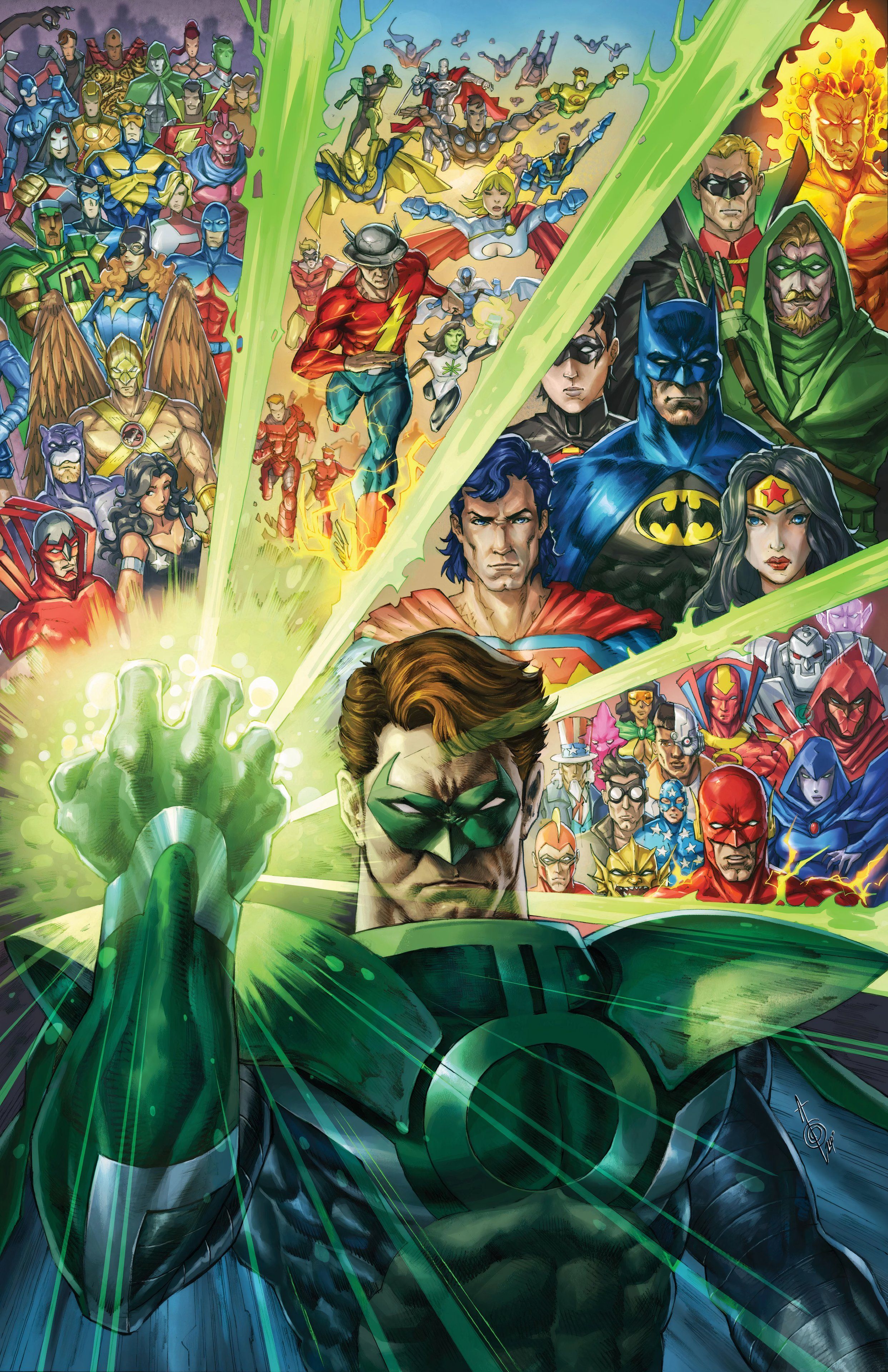
Whether Zero Hour or Zero Month succeeded artistically or in its original aims is up for debate, but there was no denying it was a massive hit for the publisher. The iconoclastic approach DC took to Superman and Batman just a few months earlier reached a crescendo after Zero Hour. Not only had Green Lantern seen his status quo shattered prior to Zero Hour, but others such as the Flash, Green Arrow and Wonder Woman all received similar treatment, and all of these stories can trace their roots back to Zero Hour/Zero Month.
The after effects of Zero Hour are a mixed bag. By the time the 1990s came to an end, many of the changes introduced during Zero Hour had been walked back on: Diana returned as Wonder Woman, as did Ollie Queen as Green Arrow. At the same time, certain characters, such as the Flash, received a major boost creatively from Zero Hour. Mark Waid and Mike Wieringo were killing it every month in The Flash and Zero Hour gave them an even bigger canvas to work from. Finally, Zero Hour served as a launch point for great cult heroes such as Starman.
Zero Hours' Anniversary Special Is Not Just Fan Service
Zero Hours' Special's End Has Massive Consequences for the DC Universe

Currently, nostalgia for comics in the 1990s is at an all-time high, and fans looking to recreate the vibe need look no further than the Zero Hour: Crisis in Time 30th Anniversary Special. Jurgens and his collaborators are all veterans of the 1990s comic scene, and together they transport readers back to this era, recreating it in all its glory. Many DC characters introduced in the 1990s make appearances, but they are not there solely for nostalgia: they actually advance the plot.
And it is this that gives DC’s Zero Hour: Crisis in Time 30th Anniversary Special its heft: it is not merely an exercise in nostalgia and fan service. It is a commentary on the excesses of the decade, showing fans a compelling, but ultimately bleak, road not taken. 30 years have passed since the apex of 1990s comic trends, and Dan Jurgens and DC look back on it with this new special, giving fans a joyous love letter to a time gone by.
Zero Hour: Crisis in Time 30th Anniversary Special is on sale now from DC Comics!
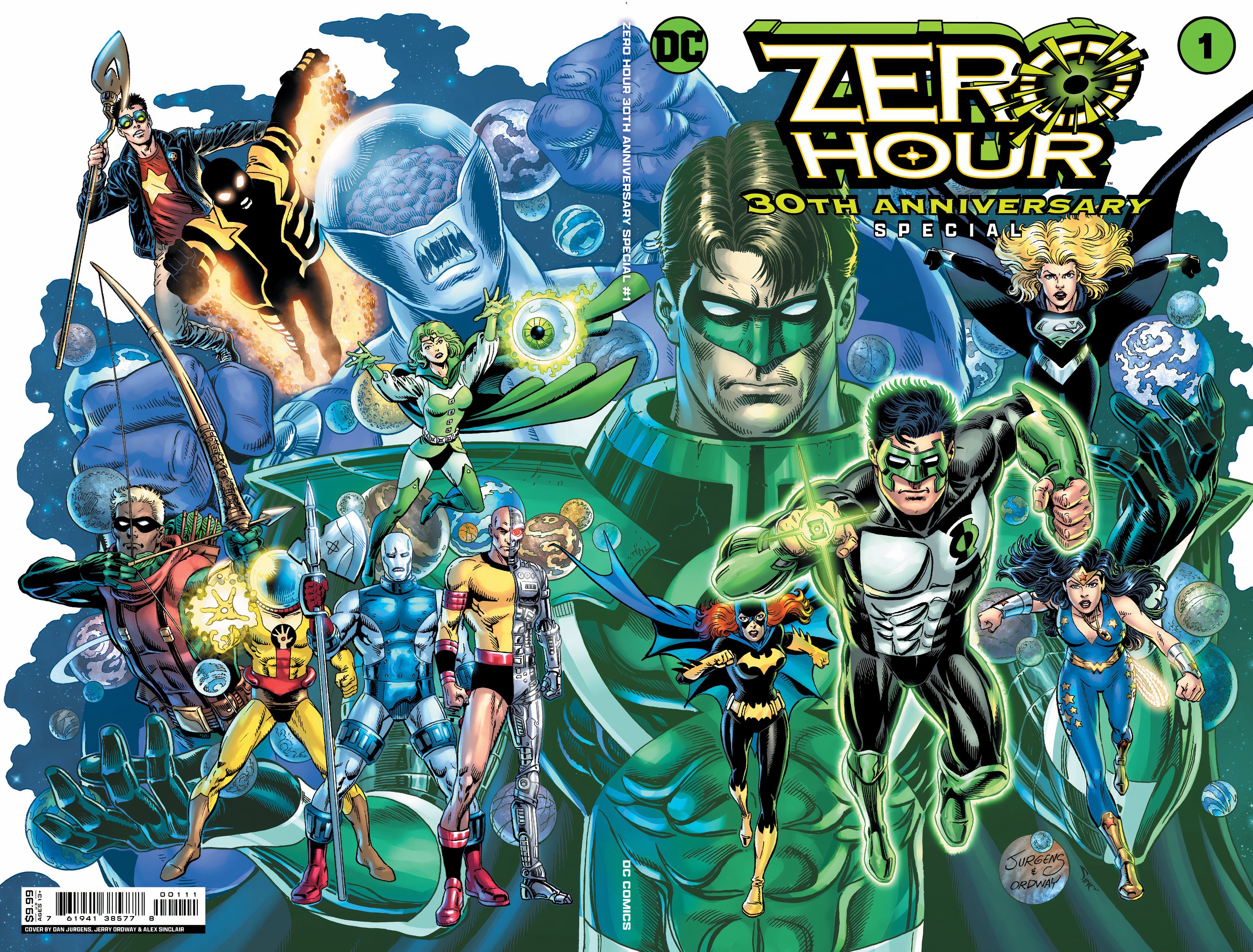 |
|

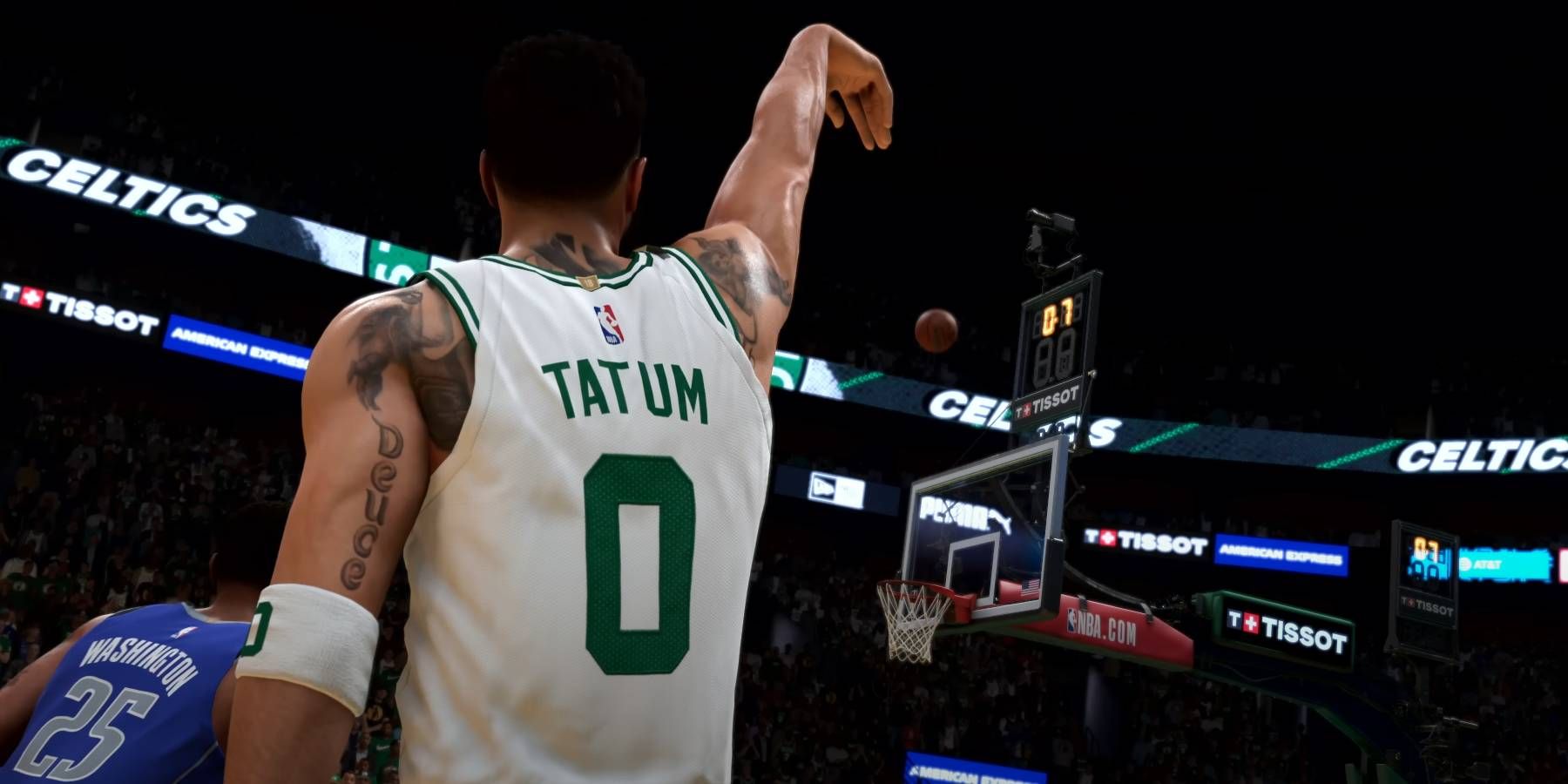

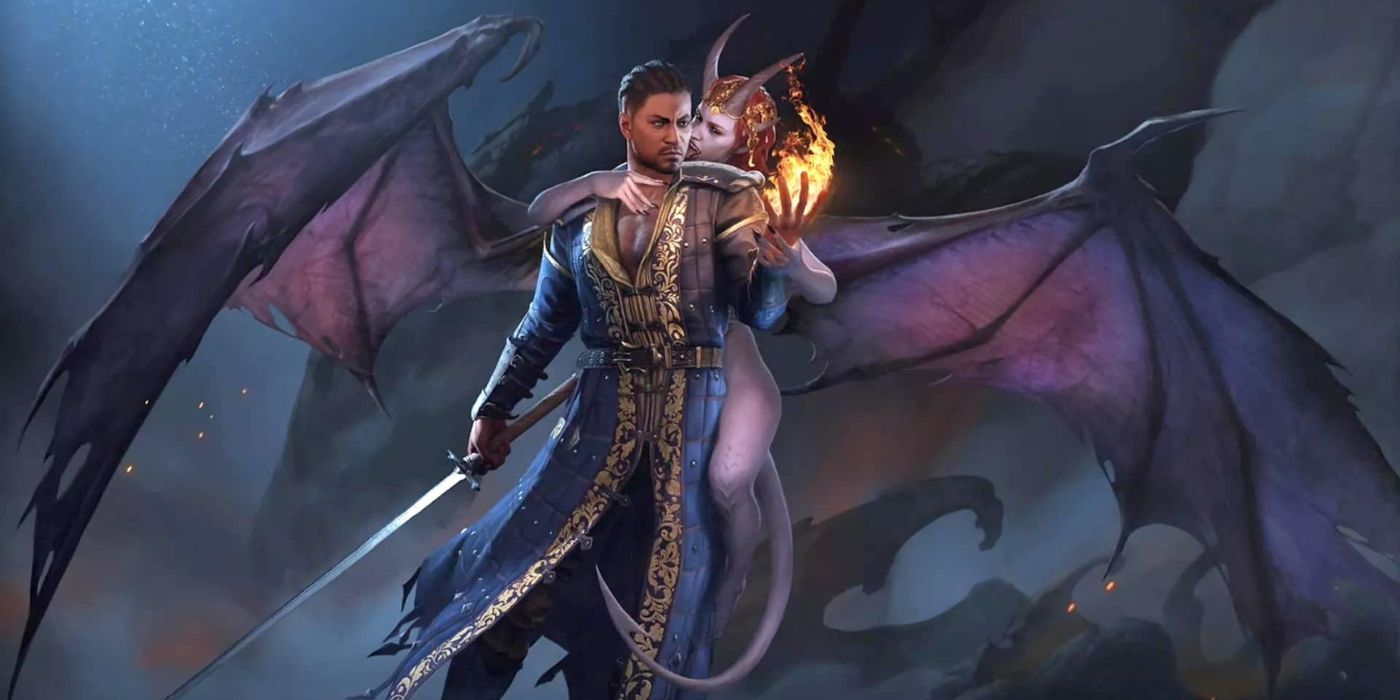
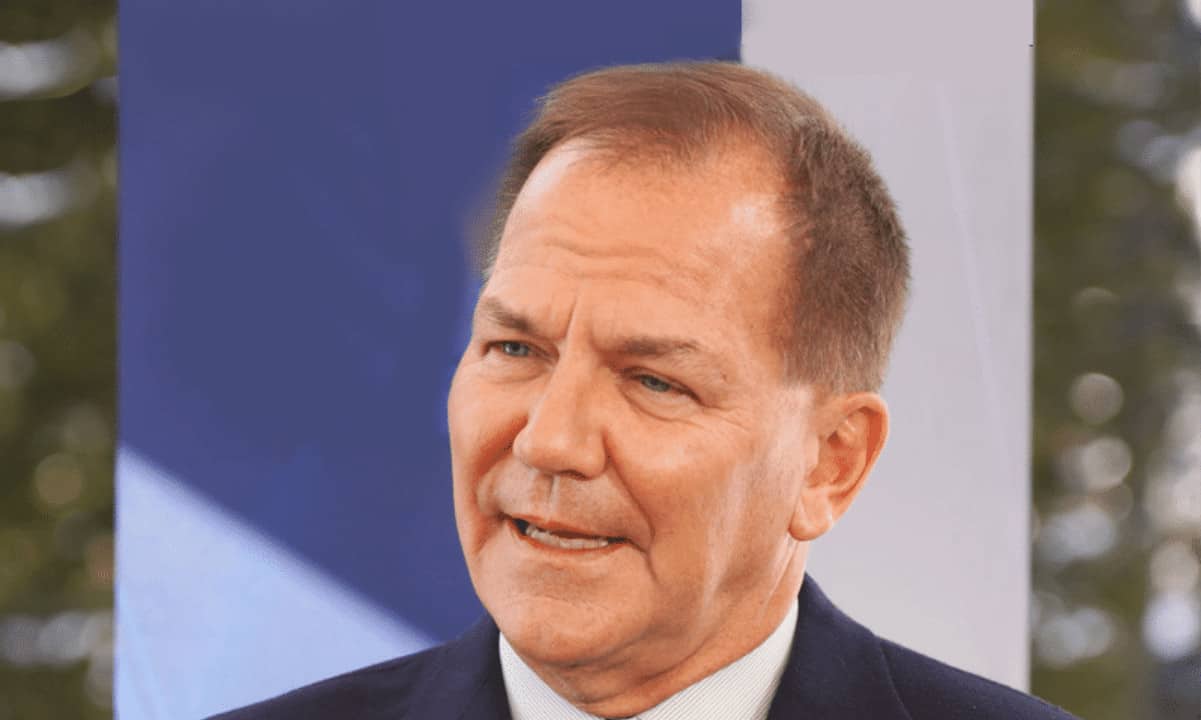
:quality(85):upscale()/2024/10/01/898/n/1922243/acd995f066fc5c8f752d64.78249385_.jpg)
:quality(85):upscale()/2024/10/22/308/n/49351761/c55c810967189698f3dd63.55301150_.jpg)

:quality(85):upscale()/2024/10/22/861/n/49351763/c16d1a626717ffd600d554.20508840_.jpg)
 English (US) ·
English (US) ·